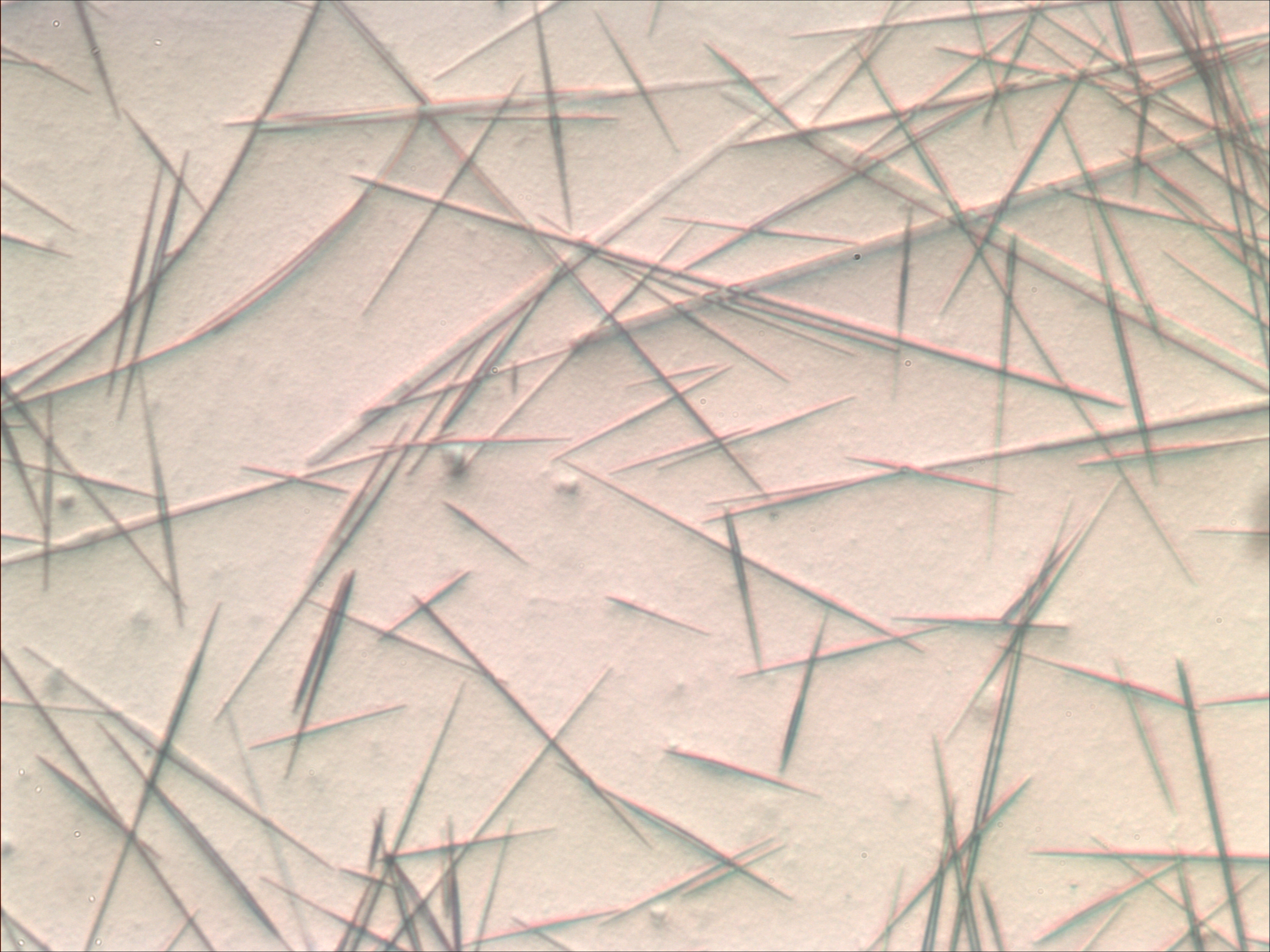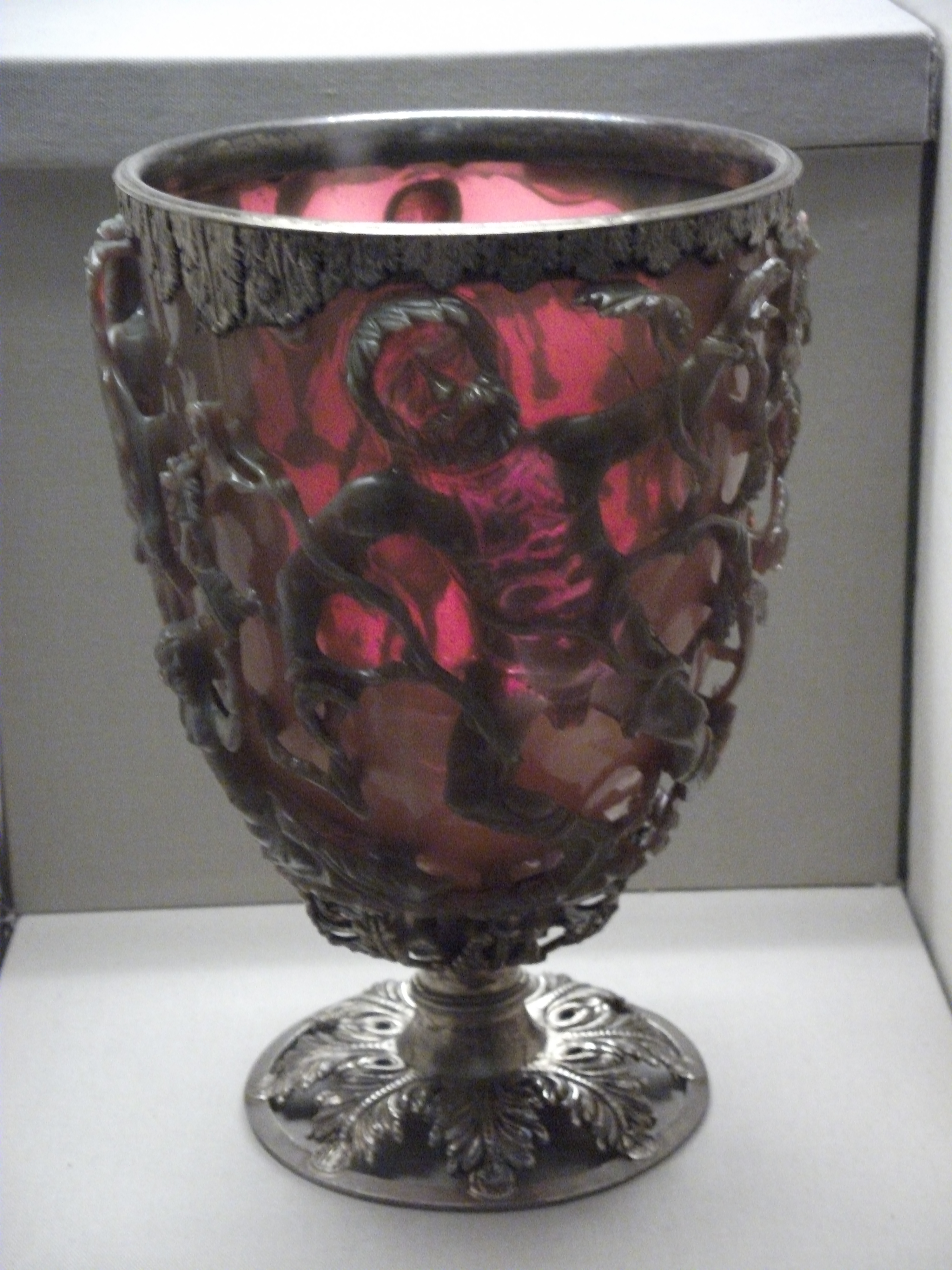|
Stannous Oxide
Tin(II) oxide (stannous oxide) is a compound with the formula SnO. It is composed of tin and oxygen where tin has the oxidation state of +2. There are two forms, a stable blue-black form and a metastable red form. Preparation and reactions Blue-black SnO can be produced by heating the tin(II) oxide hydrate, SnO·xH2O (x<1) precipitated when a tin(II) salt is reacted with an alkali hydroxide such as NaOH.Egon Wiberg, Arnold Frederick Holleman (2001) ''Inorganic Chemistry'', Elsevier Metastable, red SnO can be prepared by gentle heating of the precipitate produced by the action of aqueous ammonia on a tin(II) salt. SnO may be prepared as a pure substance in the laboratory, by controlled heating of tin(II) oxalate () in the absence of air or under a CO2 [...More Info...] [...Related Items...] OR: [Wikipedia] [Google] [Baidu] |
Tin(II) Sulfide
Tin(II) sulfide is a chemical compound of tin and sulfur. The chemical formula is SnS. Its natural occurrence concerns herzenbergite (α-SnS), a rare mineral. At elevated temperatures above 905 K, SnS undergoes a second order phase transition to β-SnS (space group: Cmcm, No. 63). In recent years, it has become evident that a new polymorph of SnS exists based upon the cubic crystal system, known as π-SnS (space group: P213, No. 198). Synthesis Tin(II) sulfide can be prepared by reacting tin with sulfur, or tin(II) chloride with hydrogen sulfide. :Sn + S → SnS :SnCl2 + H2S → SnS + 2 HCl Properties Tin(II) sulfide is a dark brown or black solid, insoluble in water, but soluble in concentrated hydrochloric acid. Tin(II) sulfide is insoluble in (NH4)2S. It has a layer structure similar to that of black phosphorus. As per black phosphorus, tin(II) sulfide can be ultrasonically exfoliated in liquids to produce atomically thin semiconducting SnS sheets that have a wider optical ... [...More Info...] [...Related Items...] OR: [Wikipedia] [Google] [Baidu] |
Tin Dioxide
Tin(IV) oxide, also known as stannic oxide, is the inorganic compound with the formula SnO2. The mineral form of SnO2 is called cassiterite, and this is the main ore of tin. With many other names, this oxide of tin is an important material in tin chemistry. It is a colourless, diamagnetic, amphoteric solid. Structure Tin(IV) oxide crystallises with the rutile structure. As such the tin atoms are six coordinate and the oxygen atoms three coordinate. SnO2 is usually regarded as an oxygen-deficient n-type semiconductor. Hydrous forms of SnO2 have been described as stannic acid. Such materials appear to be hydrated particles of SnO2 where the composition reflects the particle size. Preparation Tin(IV) oxide occurs naturally. Synthetic tin(IV) oxide is produced by burning tin metal in air. Annual production is in the range of 10 kilotons. SnO2 is reduced industrially to the metal with carbon in a reverberatory furnace at 1200–1300 °C. Amphoterism Although SnO2 is insolub ... [...More Info...] [...Related Items...] OR: [Wikipedia] [Google] [Baidu] |
Oxides
An oxide () is a chemical compound that contains at least one oxygen atom and one other element in its chemical formula. "Oxide" itself is the dianion of oxygen, an O2– (molecular) ion. with oxygen in the oxidation state of −2. Most of the Earth's crust consists of oxides. Even materials considered pure elements often develop an oxide coating. For example, aluminium foil develops a thin skin of Al2O3 (called a passivation layer) that protects the foil from further corrosion.Greenwood, N. N.; & Earnshaw, A. (1997). Chemistry of the Elements (2nd Edn.), Oxford:Butterworth-Heinemann. . Stoichiometry (the measurable relationship between reactants and chemical equations of a equation or reaction) Oxides are extraordinarily diverse in terms of stoichiometries and in terms of the structures of each stoichiometry. Most elements form oxides of more than one stoichiometry. A well known example is carbon monoxide and carbon dioxide.Greenwood, N. N.; & Earnshaw, A. (1997). Chemistry ... [...More Info...] [...Related Items...] OR: [Wikipedia] [Google] [Baidu] |
Amphoteric Compounds
In chemistry, an amphoteric compound () is a molecule or ion that can react both as an acid and as a base. What exactly this can mean depends on which definitions of acids and bases are being used. One type of amphoteric species are amphiprotic molecules, which can either donate or accept a proton (). This is what "amphoteric" means in Brønsted–Lowry acid–base theory. Examples include amino acids and proteins, which have amine () and carboxylic acid () groups, and self-ionizable compounds such as water. Ampholytes are amphoteric molecules that contain both acidic and basic functional groups. For example, an amino acid has both a basic group and an acidic group , and exists as several structures in chemical equilibrium: :H2N-RCH-CO2H + H2O H2N-RCH-COO- + H3O+ H3N+-RCH-COOH + OH- H3N+-RCH-COO- + H2O In approximately neutral aqueous solution (pH ≅ 7), the basic amino group is mostly protonated and the carboxylic acid is mostly deprotonated, so that the predominan ... [...More Info...] [...Related Items...] OR: [Wikipedia] [Google] [Baidu] |
Ceramic
A ceramic is any of the various hard, brittle, heat-resistant and corrosion-resistant materials made by shaping and then firing an inorganic, nonmetallic material, such as clay, at a high temperature. Common examples are earthenware, porcelain, and brick. The earliest ceramics made by humans were pottery objects (''pots,'' ''vessels or vases'') or figurines made from clay, either by itself or mixed with other materials like silica, hardened and sintered in fire. Later, ceramics were glazed and fired to create smooth, colored surfaces, decreasing porosity through the use of glassy, amorphous ceramic coatings on top of the crystalline ceramic substrates. Ceramics now include domestic, industrial and building products, as well as a wide range of materials developed for use in advanced ceramic engineering, such as in semiconductors. The word "'' ceramic''" comes from the Greek word (), "of pottery" or "for pottery", from (), "potter's clay, tile, pottery". The earliest kno ... [...More Info...] [...Related Items...] OR: [Wikipedia] [Google] [Baidu] |
Cerium(III) Oxide
Cerium(III) oxide, also known as cerium oxide, cerium trioxide, cerium sesquioxide, cerous oxide or dicerium trioxide, is an oxide of the rare-earth metal cerium. It has chemical formula and is gold-yellow in color. Applications Engine and exhaust catalysts Cerium oxide is used as a catalytic converter for the minimisation of CO emissions in the exhaust gases from motor vehicles. When there is a shortage of oxygen, cerium(IV) oxide is reduced by carbon monoxide to cerium(III) oxide: : When there is an oxygen surplus, the process is reversed and cerium(III) oxide is oxidized to cerium(IV) oxide: : Major automotive applications for cerium(III) oxide are, as a catalytic converter for the oxidation of CO and emissions in the exhaust gases from motor vehicles, and secondly, cerium oxide finds use as a fuel additive to diesel fuels, which results in increased fuel efficiency and decreased hydrocarbon derived particulate matter emissions, however the health effects of the ceri ... [...More Info...] [...Related Items...] OR: [Wikipedia] [Google] [Baidu] |
Esterification
In chemistry, an ester is a compound derived from an oxoacid (organic or inorganic) in which at least one hydroxyl group () is replaced by an alkoxy group (), as in the substitution reaction of a carboxylic acid and an alcohol. Glycerides are fatty acid esters of glycerol; they are important in biology, being one of the main classes of lipids and comprising the bulk of animal fats and vegetable oils. Esters typically have a pleasant smell; those of low molecular weight are commonly used as fragrances and are found in essential oils and pheromones. They perform as high-grade solvents for a broad array of plastics, plasticizers, resins, and lacquers, and are one of the largest classes of synthetic lubricants on the commercial market. Polyesters are important plastics, with monomers linked by ester moieties. Phosphoesters form the backbone of DNA molecules. Nitrate esters, such as nitroglycerin, are known for their explosive properties. '' Nomenclature Etymology The ... [...More Info...] [...Related Items...] OR: [Wikipedia] [Google] [Baidu] |
Cranberry Glass
Cranberry glass or Gold Ruby glass is a red glass made by adding gold salts or colloidal gold to molten glass. Tin, in the form of stannous chloride, is sometimes added in tiny amounts as a reducing agent. The glass is used primarily in expensive decorations. Production Cranberry glass is made in craft production rather than in large quantities, due to the high cost of the gold. The gold chloride is made by dissolving gold in a solution of nitric acid and hydrochloric acid ( aqua regia). The glass is typically hand blown or molded. The finished, hardened glass is a type of colloid, a solid phase (gold) dispersed inside another solid phase (glass). History The origins of cranberry glass making are unknown, but many historians believe a form of this glass was first made in the late Roman Empire. This is evidenced by the British Museum's collection Lycurgus Cup, a 4th-century Roman glass cage cup made of a dichroic glass, which shows a different colour depending on ... [...More Info...] [...Related Items...] OR: [Wikipedia] [Google] [Baidu] |
Electronvolt
In physics, an electronvolt (symbol eV, also written electron-volt and electron volt) is the measure of an amount of kinetic energy gained by a single electron accelerating from rest through an electric potential difference of one volt in vacuum. When used as a unit of energy, the numerical value of 1 eV in joules (symbol J) is equivalent to the numerical value of the charge of an electron in coulombs (symbol C). Under the 2019 redefinition of the SI base units, this sets 1 eV equal to the exact value Historically, the electronvolt was devised as a standard unit of measure through its usefulness in electrostatic particle accelerator sciences, because a particle with electric charge ''q'' gains an energy after passing through a voltage of ''V.'' Since ''q'' must be an integer multiple of the elementary charge ''e'' for any isolated particle, the gained energy in units of electronvolts conveniently equals that integer times the voltage. It is a common unit of energy with ... [...More Info...] [...Related Items...] OR: [Wikipedia] [Google] [Baidu] |
Lead(II) Oxide
Lead(II) oxide, also called lead monoxide, is the inorganic compound with the molecular formula Pb O. PbO occurs in two polymorphs: litharge having a tetragonal crystal structure, and massicot having an orthorhombic crystal structure. Modern applications for PbO are mostly in lead-based industrial glass and industrial ceramics, including computer components. It is an amphoteric oxide. Types Lead oxide exists in two types: * Red tetragonal (α-PbO), obtained at lower temperatures than the β-PbO * Yellow orthorhombic (β-PbO), which is obtained temperatures higher than Synthesis PbO may be prepared by heating lead metal in air at approximately . At this temperature it is also the end product of decomposition of other oxides of lead in air: :PbO2->[] Pb12O19 ->[] Pb12O17 ->[] Pb3O4 ->[] PbO Thermal decomposition of lead(II) nitrate or lead carbonate, lead(II) carbonate also results in the formation of PbO: :2 → 2 PbO + 4 + : → PbO + PbO is produced ... [...More Info...] [...Related Items...] OR: [Wikipedia] [Google] [Baidu] |
Amphoteric
In chemistry, an amphoteric compound () is a molecule or ion that can react both as an acid and as a base. What exactly this can mean depends on which definitions of acids and bases are being used. One type of amphoteric species are amphiprotic molecules, which can either donate or accept a proton (). This is what "amphoteric" means in Brønsted–Lowry acid–base theory. Examples include amino acids and proteins, which have amine () and carboxylic acid () groups, and self-ionizable compounds such as water. Ampholytes are amphoteric molecules that contain both acidic and basic functional groups. For example, an amino acid has both a basic group and an acidic group , and exists as several structures in chemical equilibrium: :H2N-RCH-CO2H + H2O H2N-RCH-COO- + H3O+ H3N+-RCH-COOH + OH- H3N+-RCH-COO- + H2O In approximately neutral aqueous solution (pH ≅ 7), the basic amino group is mostly protonated and the carboxylic acid is mostly deprotonated, so that the predominant sp ... [...More Info...] [...Related Items...] OR: [Wikipedia] [Google] [Baidu] |



